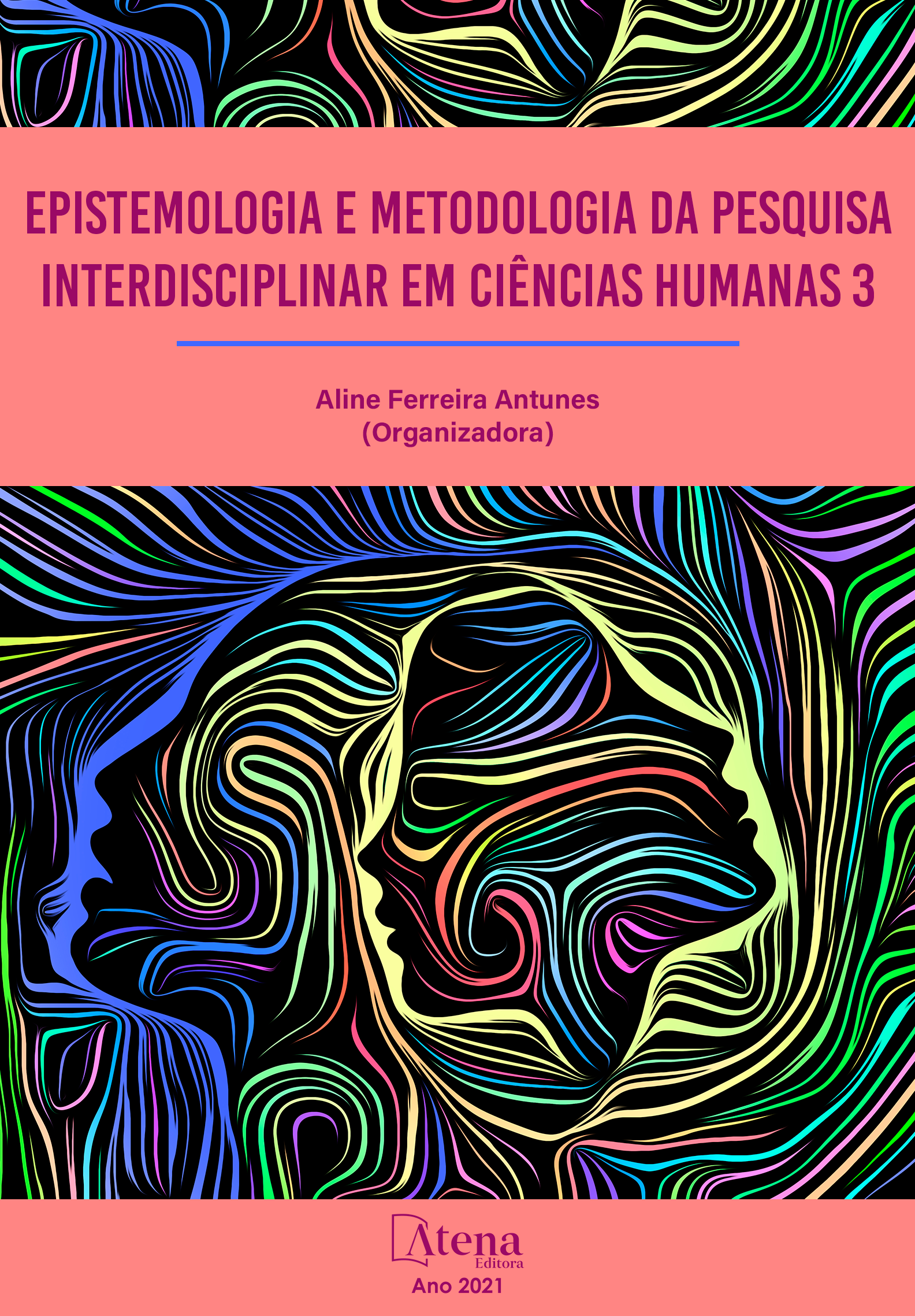
It fought the good fight, ended its career and kept the faith. Reflections on Edifício Caiçara
Em abril de 2016 o Edifício Caiçara, situado à beira mar da cidade do Recife /PE, Brasil, foi demolido, dando fim a um processo que teve início no ano de 2011 quando a cidade acompanhou, principalmente através das redes sociais, a tentativa de integrantes da sociedade civil de instituir a sua preservação. Construído em 1940, o edifício tornou-se referência para aqueles que habitaram o bairro de Boa Viagem a partir de sua construção, configurando na sua polêmica arquitetura, uma forma de morar característica de habitantes e veranistas da praia de Boa Viagem na sua época de construção.
Diante da polêmica lançada e do desfecho do processo de discussão sobre a preservação, que culminou com a sua demolição, através deste artigo apresenta-se aspectos das atuais normativas referentes à preservação do patrimônio construído do Recife, e discute-se o caso à luz da Recomendação Sobre as Paisagens Históricas Urbanas (UNESCO, 2011), da Declaração de Sofia (ICOMOS, 1996) e dos conceitos que tangem a Identidade Cultural (Hall, 2006). Levanta-se assim, através das abordagens referenciadas, a existência de um descompasso temporal e conceitual entre a normatização vigente e os conceitos que abordam a preservação do patrimônio cultural nos processos de preservação do patrimônio construído na cidade.
It fought the good fight, ended its career and kept the faith. Reflections on Edifício Caiçara
-
DOI: 10.22533/at.ed.5332108039
-
Palavras-chave: Paisagem. Patrimônio Histórico. Patrimônio Cultural.
-
Keywords: Landscape. Historic Buildings. Cultural Heritage.
-
Abstract:
On April 2016, Edifício Caiçara, a beachfront property in the city of Recife, in the Brazilian State of Pernambuco, was demolished, bringing to a close a process that began in 2011, when members of civil society attempted, principally through social networks, to ensure its preservation as cultural heritage. Constructed in 1940, the building became from the outset a point of reference for those living in the Boa Viagem neighborhood, with its controversial architecture reflecting the characteristic way of living of residents and beach home owners at the time.
In view of the controversy and the outcome of the discussions regarding preservation of the building, which culminated in its demolition, the present article outlines a number of aspects of Recife’s current built heritage preservation code, and discusses the case of Edifício Caiçara in the light of the Recommendation on Historic Urban Landscapes (UNESCO, 2011), of the Sofia Declaration (ICOMOS, 1996) and concepts relating to Cultural Identity (Hall, 2006). The approaches referenced, which relate to aspects of the controversy surrounding the attempt to preserve Edifício Caiçara, suggest that the concepts underlying the preservation of the built cultural heritage of the city of Recife are out of step with current norms.
-
Número de páginas: 15
- José Nilson de Andrade Pereira
- maria de lourdes carneiro da cunha nóbrega


